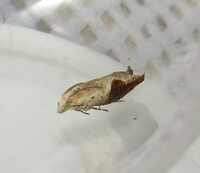
| Recorded by: B. Bockhahn on 2025-05-04
Macon Co.
Comment: | 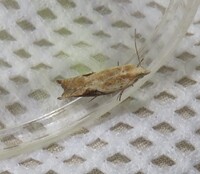
| Recorded by: B. Bockhahn on 2025-05-04
Macon Co.
Comment: |
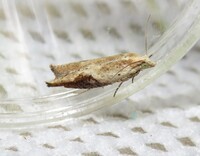
| Recorded by: B. Bockhahn on 2025-05-04
Macon Co.
Comment: | 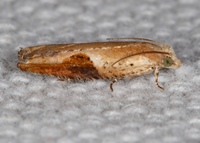
| Recorded by: Jim Petranka on 2024-05-12
Madison Co.
Comment: |
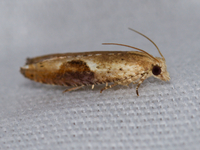
| Recorded by: Jim Petranka and Becky Elkin on 2022-06-14
Madison Co.
Comment: | 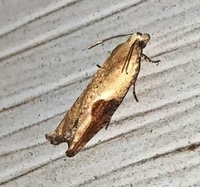
| Recorded by: Ken Kneidel on 2022-05-27
Yancey Co.
Comment: |
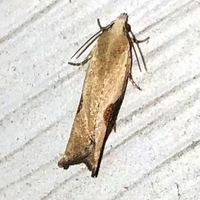
| Recorded by: Ken Kneidel on 2022-05-27
Yancey Co.
Comment: | 
| Recorded by: Jim Petranka on 2022-05-13
Madison Co.
Comment: A leaf roll on Witch-hazel (adult reared). |
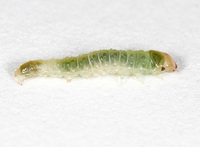
| Recorded by: Jim Petranka on 2022-05-13
Madison Co.
Comment: A larva from a leaf roll on Witch-hazel (adult reared). | 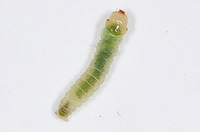
| Recorded by: Jim Petranka on 2022-05-13
Madison Co.
Comment: |
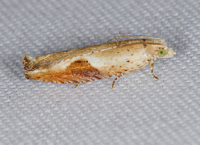
| Recorded by: Jim Petranka on 2022-04-21
Madison Co.
Comment: | 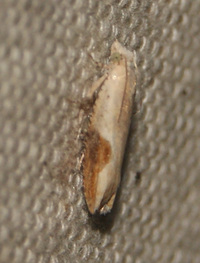
| Recorded by: Vin Stanton on 2021-05-22
Buncombe Co.
Comment: |
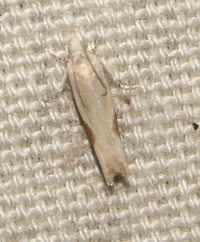
| Recorded by: Vin Stanton on 2021-05-22
Buncombe Co.
Comment: | 
| Recorded by: Jim Petranka and Becky Elkin on 2021-05-21
Madison Co.
Comment: |
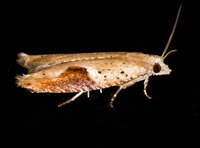
| Recorded by: Jim Petranka on 2021-04-12
Madison Co.
Comment: | 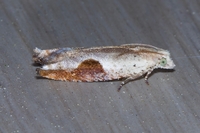
| Recorded by: Jim Petranka and Becky Elkin on 2020-05-15
Madison Co.
Comment: |
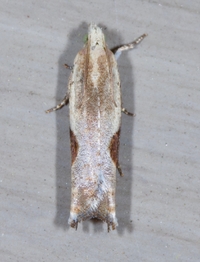
| Recorded by: Jim Petranka and Becky Elkin on 2020-05-15
Madison Co.
Comment: | 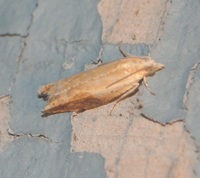
| Recorded by: Vin Stanton on 2019-05-07
Buncombe Co.
Comment: |

| Recorded by: Vin Stanton on 2019-05-07
Buncombe Co.
Comment: | 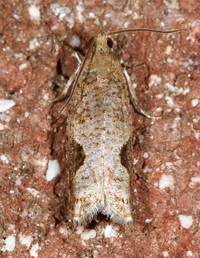
| Recorded by: Jim Petranka and Becky Elkin on 2019-04-09
Madison Co.
Comment: |
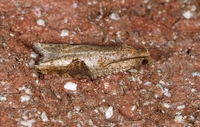
| Recorded by: Jim Petranka and Becky Elkin on 2019-04-09
Madison Co.
Comment: | 
| Recorded by: Jim Petranka and Becky Elkin on 2019-04-09
Madison Co.
Comment: |
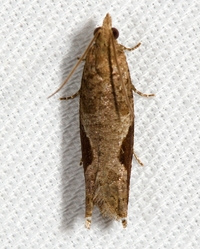
| Recorded by: Jim Petranka and Becky Elkin on 2019-04-09
Madison Co.
Comment: | 
| Recorded by: B. Bockhahn, K. Kittelberger, P. Scharf on 2015-06-17
Avery Co.
Comment: |

| Recorded by: T. Nergart, ID by J. Lynch on 2015-05-22
Transylvania Co.
Comment: | 
| Recorded by: T. Nergart, ID by J. Lynch on 2015-05-22
Transylvania Co.
Comment: |
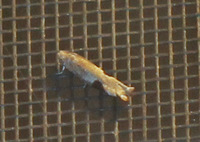
| Recorded by: Harry Wilson on 2012-03-04
Wake Co.
Comment: |

 »
»




 »
»


